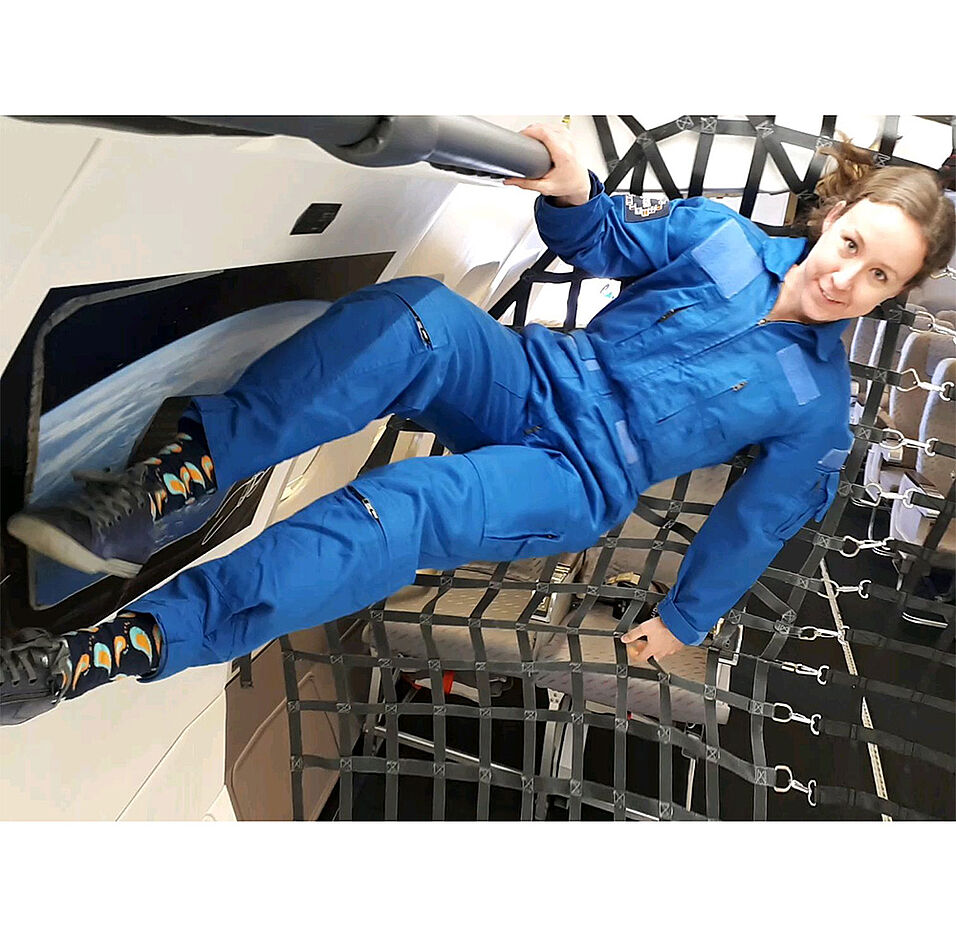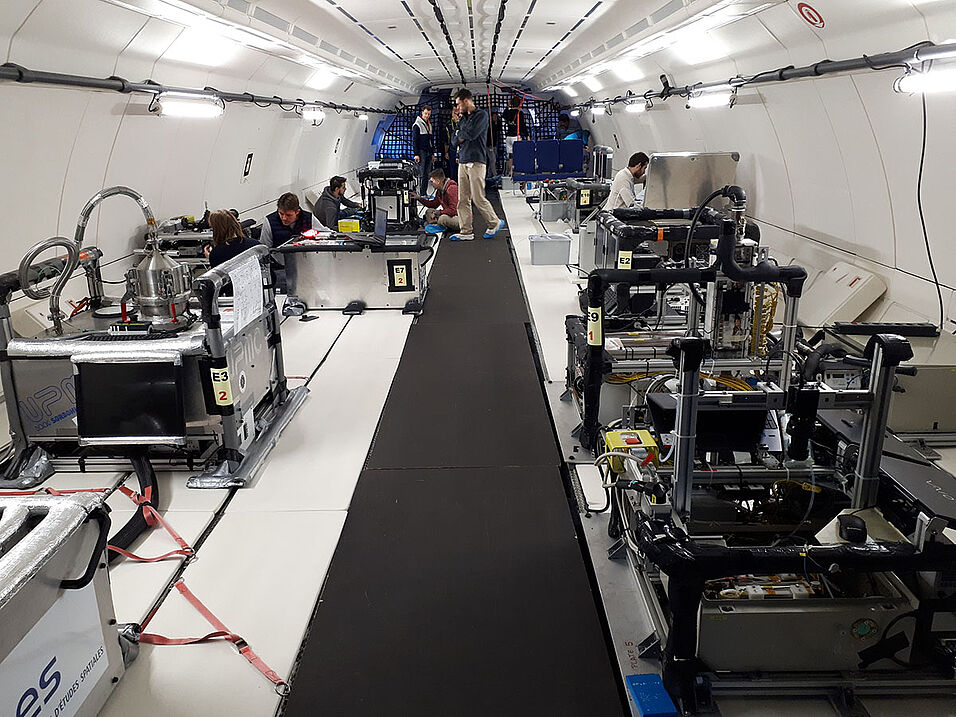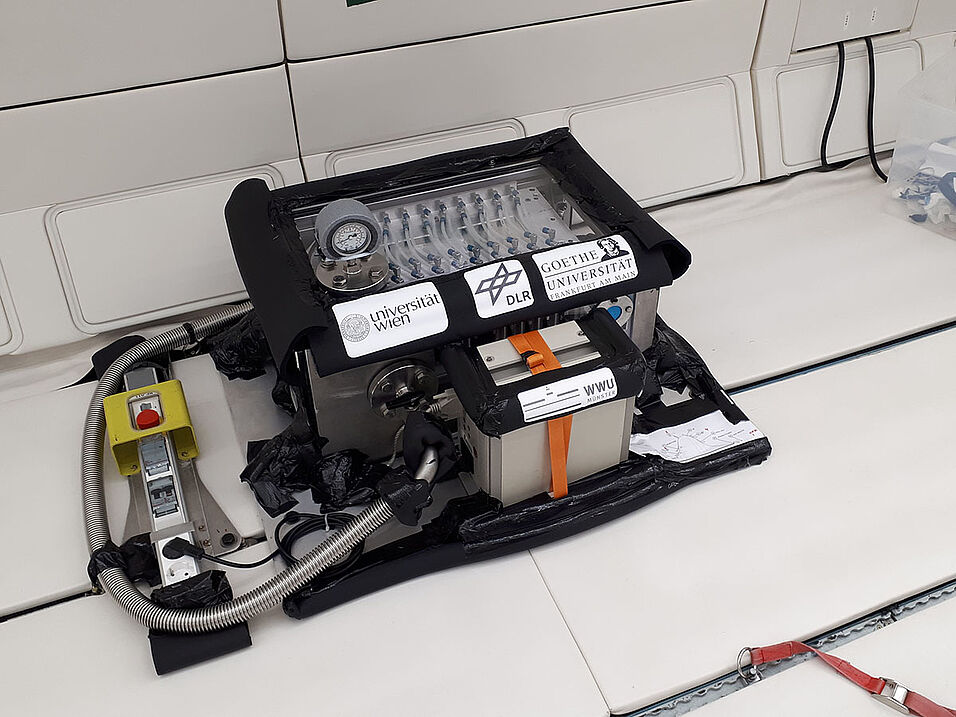In the process called gravitropism plants grow their roots into the soil and the aerial parts into the air. How gravity and changes in gravitational field are sensed is still not fully understood. Statocytes, the gravity-perceiving cells, in the columella cells of the root tips are the sites for gravity sensing in plant roots. Statocytes contain statoliths (starch grains), which settle to the bottom of the cell thus leading to an opening of mechanosensitive channels and perception of gravity. However, the first physiological changes happen much faster than the statolith sedimentation. Therefore, other initial signals seem to exist.
Protein phosphorylation is one of the quickest responses to different environmental stimuli. Therefore, our aim is to study phosphorylation changes during the first seconds of microgravity. Responses to altered gravity can be studied by several means, such as clinostats, drop towers, parabolic flights, satellites, sounding rockets and in the International Space Station.
In collaboration with Dr. Maik Böhmer from University of Münster and Dr. Ruth Hemmersbach from German Aerospace Center (DLR) we have studied phosphorylation changes in Arabidopsis roots treated with different times of microgravity. Compared to the other approaches parabolic flights offer 20 s of microgravity and enables manual operation of experimental devices. After fixation of the samples, the phosphoproteome will be analysed by LC-MS here at MoSys.
During the campaign, organized by ESA and Novespace, we flew three fights each lasting approximately 3 hours and containing 31 parabolas.




